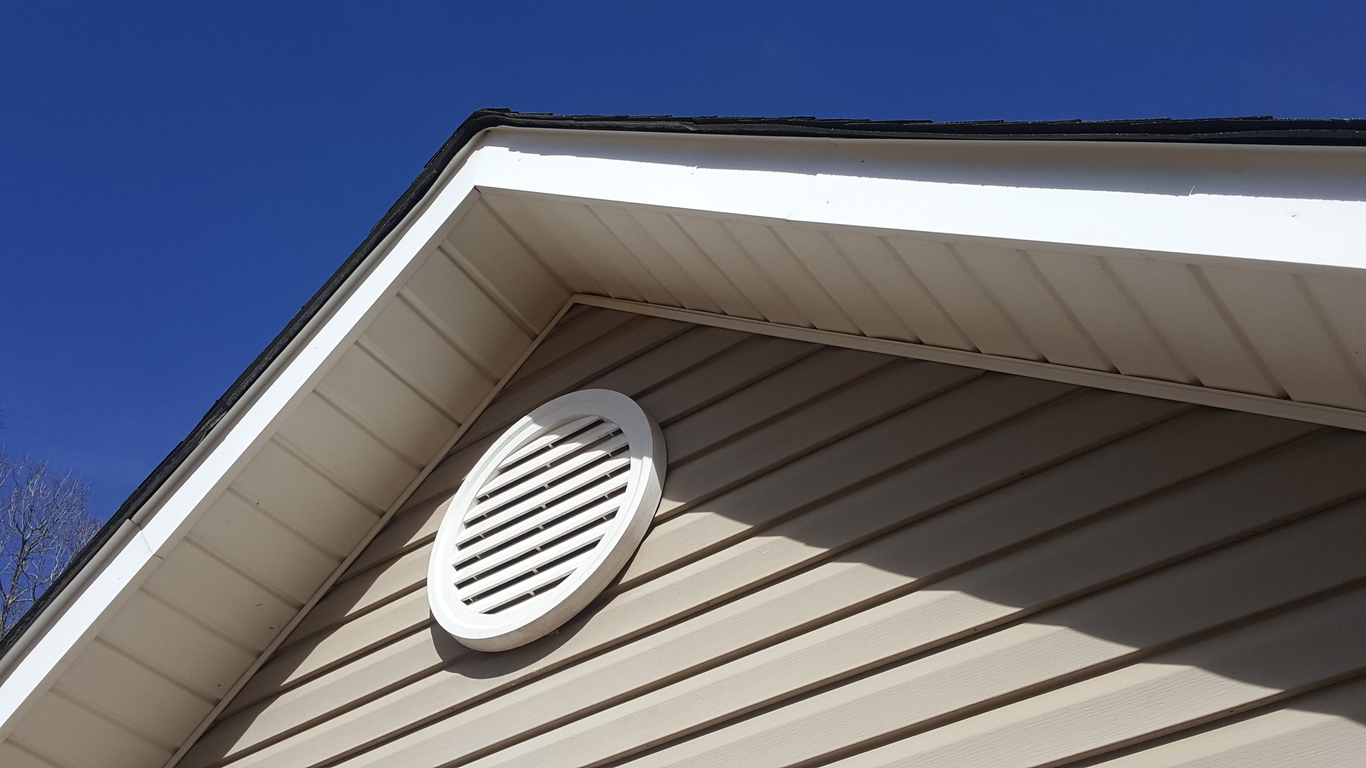
As a responsible homeowner, you know the importance of keeping your roof and attic well-insulated. Insulation is, after all, your primary line of defence against thermal transfer from the outside, preventing heat loss in the winter and heat gain in the summer, right? This is true to some extent, but even the best insulation won’t work as effectively as it should without proper roof venting. This means DIYers often make the mistake of covering the vents under the eaves when they’re installing insulation.
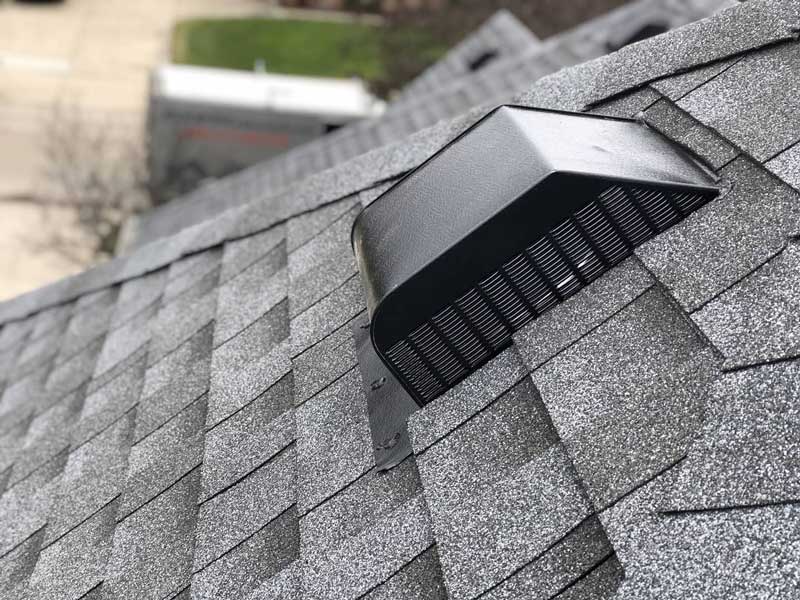
What Is Attic Ventilation? Balanced Intake And Exhaust
“Ventilate” comes from the Latin word for “to fan.” Simply put, it’s the action of moving air. Out with the hot. In with the cool. And that’s exactly how ventilation works. It provides conditions that allow air to flow. Every time stale, the overheated air in your home or attic is vented out and fresh air is pulled in to replace it, you have what is known as an “air exchange.”
But ventilation is much more than a simple breeze blowing through your house. It’s a
the process that provides a steady, high volume of air movement. Think about it as a system of components, all sized and positioned to provide constant intake and exhaust of air. Roofing Above All calculates the balanced ventilation your home requires, enabling you to effectively “wash” the entire attic by pulling air from the intake vents low on the roof’s edge or in the soffit to the vents at the ridge in the high areas.
More is better, right?
A sure sign of poor ventilation is an unbearably hot attic in the summer. Another thing to check is evidence of moisture, such as mold, mildew, rusted nail heads, damp or compressed insulation or wood rot. In an effort to alleviate moisture buildup, some homeowners misplace ventilation products and actually short-circuit the home ventilation system. When designing your custom balanced ventilation system, Roofing Above All never recommends combining different types of exhaust vents, like power vents with ridge vents or gable vents with can vents. When these combinations are used, competing vents pull air from each other instead of pulling from the intake vents, leaving the lower attic area unventilated and vulnerable to moisture build-up and the damages that result.
The main purpose of roof ventilation
It might seem logical that if you’re going to spend time and expense to keep heat in, you don’t want cold air blowing into your attic through these vents, but believe me when I say that this is a mistake. Actually, you want cold air blowing in the attic. When it is cold outside, the primary purpose of ventilation is to maintain a cold roof temperature to avoid ice dams created by melting snow and to vent any moisture that moves from the conditioned living space to the attic. In a warm season, the purpose of venting is to expel hot air from the roof and attic and to reduce the temperature in the building.
Proper roof venting helps protect your roof and home in several key ways:
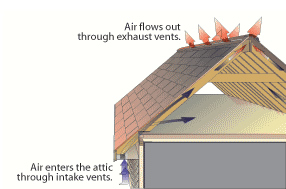
- Improved energy efficiency: Proper roof ventilation can help to reduce the amount of heat that is trapped in your attic, which can help to lower your energy bills.
-
Increased comfort: Proper ventilation can help to regulate the temperature in your attic, which can make your building more comfortable year-round.
-
Extended roof life: Proper ventilation can help to prevent moisture from building up in your attic, which can help to extend the life of your roof.
-
Reduced risk of ice dams: In cold climates, proper ventilation can help to prevent the formation of ice dams on your roof, which can cause damage to your roof and building.
-
Improved air quality: Proper ventilation can help to remove excess moisture and pollutants from your attic, which can improve the air quality in your building.
- Proper roof ventilation can help to prevent the growth of moss on your roof by removing excess moisture from the attic. When the air in the attic is dry, it is less conducive to the growth of moss.
Keep Your Utility Bills Down.
In the summer, if there’s no air circulation, hot, stagnant air will build up under the roof, heating your ceilings and seeping into your living space, making the air-conditioning work harder and consume more energy.
Increase Your Roof’s Lifespan.
If your attic gets overheated, your roof will be heated on its interior surface, in addition to the exterior one. This will cause the underlayment and then the shingles of your roof to dry out and crack much quicker than you’d expect, leading to expensive repair work.
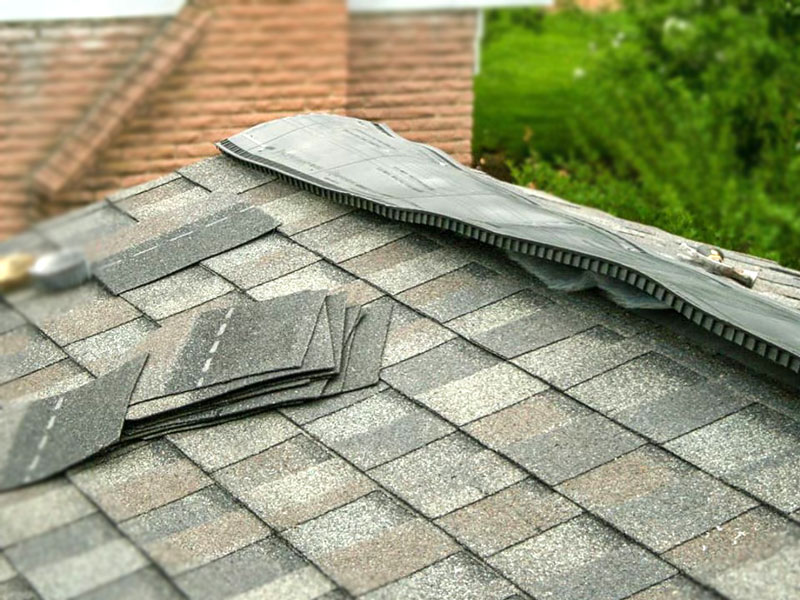
Prevent Mold and Moisture Damage.
In the winter especially, condensation can be a problem when warm air rises from the interior of your home and hits cold surfaces. If your attic isn’t properly ventilated this moisture will build up, leading to mold, moisture-stained ceilings, and even structural damage to the rafters, and trusses of the roof itself. If this problem isn’t spotted in time, it could necessitate a complete roof replacement.
Bath and kitchen ventilation, is just as important as the rest!
Now that you’ve mastered proper attic ventilation, don’t spoil it with improperly installed bath and kitchen vents. If bath and kitchen vents are left pouring into the attic, instead of vented outside the roof via a dampened vent, your attic moisture will continue to present a problem. Let the ventilation pros at Ridgecon ensure your bath and kitchen vents aren’t throwing off your balance ventilation equation.
Prevent Ice Dams.
While they might look very picturesque, icicles hanging along the edges of the roof are not something a homeowner wants to see. They are a sign of Ice Damming, a problem commonly associated with a badly-ventilated attic. If your attic retains hot air rising from below and becomes too warm during winter, your roof will heat up. This will cause the snow on it to melt. The resulting water will flow down to the edge of the roof and gutter, where it’s considerably cooler, and refreeze, building up as the cycle is repeated with each new snowfall. In the end, water will back up under the eaves and even into the attic.
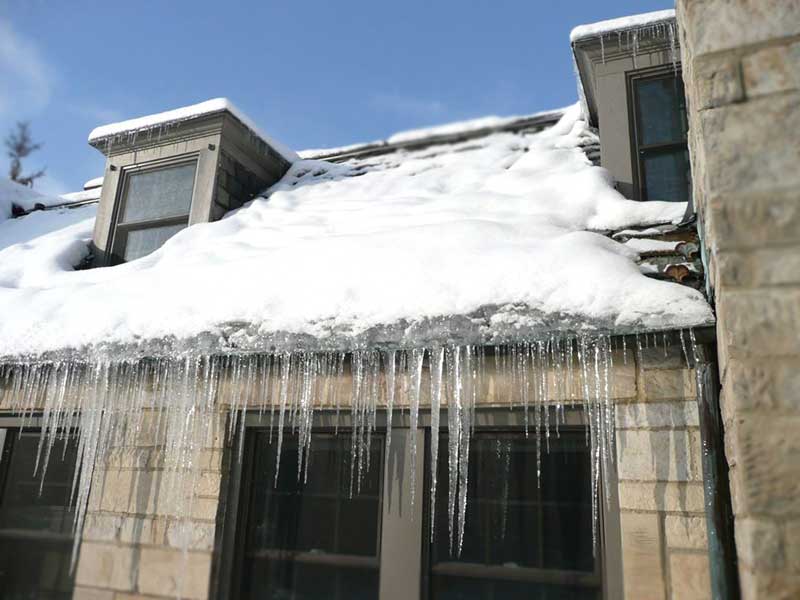
As you can see, proper ventilation in your attic plays a vital role in preserving the integrity of your roof and protecting your home.
How to determine whether you need better attic ventilation?
Here are some steps you can make and inspect your roof ventilation:
- First, take a Look at your eaves and roof. You should add some if there are no attic vents on the roof or in the eaves.
- Touch your ceiling on a warm, sunny day. If your ceiling is hot, that tells you that the attic is acting like a solar oven. It is raising your cooling bills and should improve the roof’s ventilation.
- Thick ridges of ice on your eaves or ice damming in winter are a sign of poor attic ventilation. The warm air that escapes the rooms below gets trapped in the attic. Snow melts and the water refreezes on the cold eaves, creating ice dams.
- The warm air that escapes living space also carries moisture that will condense on rafters or roof sheathing. During the winter inspect your attic and look for dampness or frost. If you find any of those, it is a clear signal that your roof needs better ventilation and some attic vents.
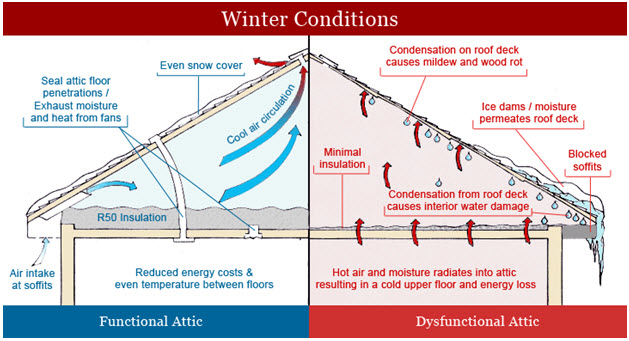
And remember, if you do have any attic ventilation or other roofing-related problems, contact us here at Ridgecon Roofing Contractors for a free quote on repairs.